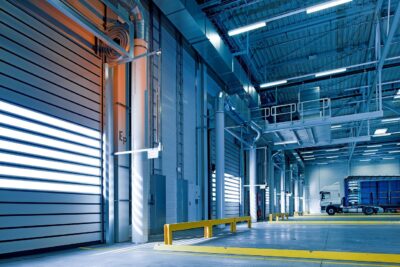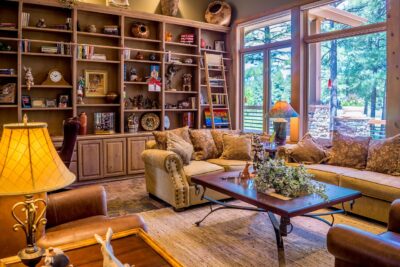
How to Retrofit Old LED Fixtures with Modern Covers
How to Retrofit Old LED Fixtures with Modern Covers By Aman | Updated on April 15th 2025 LED lighting has pretty much taken over the
Home » How to Choose LED Fixture Lenses for Harsh Industrial Environments
Ever stepped into a factory or a water treatment plant and noticed the lighting? It’s not your average ceiling bulb. In places where chemicals splash, machinery roars, and dust never quite settles, lighting isn’t just about visibility—it’s about survival. Choosing the right LED fixture lenses in these harsh industrial environments isn’t just a recommendation, it’s a necessity.
From corrosion to extreme temperatures, industrial spaces throw everything they’ve got at lighting systems. And unless your fixtures are up to the challenge—with sealed light covers, vapor tight LED fixtures, and waterproof light lenses—you’re setting yourself up for failure. This guide is here to help you make a solid, informed choice that lasts.

When we say “harsh,” we mean environments where standard lighting dies fast. We’re talking:
It’s not just unpleasant—it’s brutal. And lighting in these places has to handle it all while remaining safe and compliant.
In hazardous locations where gases or dust might ignite, explosion-proof fixtures are critical. The goal? Contain any internal spark and prevent it from reaching the outside environment. This means tightly sealed, specially rated housings and lenses that meet rigorous standards.
Not all lenses are built the same. In places where knocks and bumps are just part of the job, lenses need:
Vapor tight LED fixtures are known for energy savings. But they also:
In high-volume industrial spaces, the ROI is real.
There are global and regional standards your fixtures MUST meet:
Don’t gamble on uncertified gear. It’s not worth the safety risk or legal exposure.
Even the best lenses can fail if they’re installed wrong. Some practical pointers:
And don’t mix and match incompatible parts. That shortcut often ends in headaches.

Selecting the right LED fixture lenses in industrial environments is about more than lighting—it’s about safety, durability, and long-term savings. Explosion-proof protection, waterproof sealing, and impact-resistant materials aren’t optional in most harsh settings.
And when it comes to sourcing dependable, customized solutions for vapor tight LED fixtures, flat sheets, and wraparound lenses that hold up in the most punishing environments—look to over 45 years of know-how and expertise from leaders like Fluorolite Plastics.
It’s a sealed lighting unit designed to resist water, dust, and other contaminants. Ideal for harsh environments where open fixtures would fail quickly.
Yes, especially in industrial settings. They offer better impact resistance and handle chemical exposure more effectively.
No. Always choose fixtures with proper IP ratings (IP65 and above) for any wet or humid environments.
UL, CSA, NEC compliance, and an IP rating suitable for your environment. For explosive areas, ATEX or IECEx is required.
Use soft, non-abrasive cleaners and avoid solvents unless the lens is rated for them. Check seals and gaskets during routine inspections.
Absolutely. Custom-molded and vacuum-formed lenses tailored to your fixture dimensions are available through specialized providers like Fluorolite Plastics.
Depends on use and environment, but typically every 5-7 years if maintained well. Watch for yellowing, cracks, or reduced clarity.
Prismatic lenses diffuse light, reducing glare and offering even spread. Clear lenses allow for maximum brightness and are often used for spotlighting or task areas.

How to Retrofit Old LED Fixtures with Modern Covers By Aman | Updated on April 15th 2025 LED lighting has pretty much taken over the

How to Prevent Yellowing and Cracks in LED Fixture Lenses By Aman | Updated on April 15th 2025 You’ve probably seen it before—those once-clear LED

How to Choose LED Fixture Lenses for Harsh Industrial Environments By Aman | Updated on April 8th 2025 Ever stepped into a factory or a
"We've Got You Covered" and Trace n'Fax are Registered Trademarks of Fluorolite Plastics, LLC. © 2011-2024 All rights reserved Fluorolite Plastics